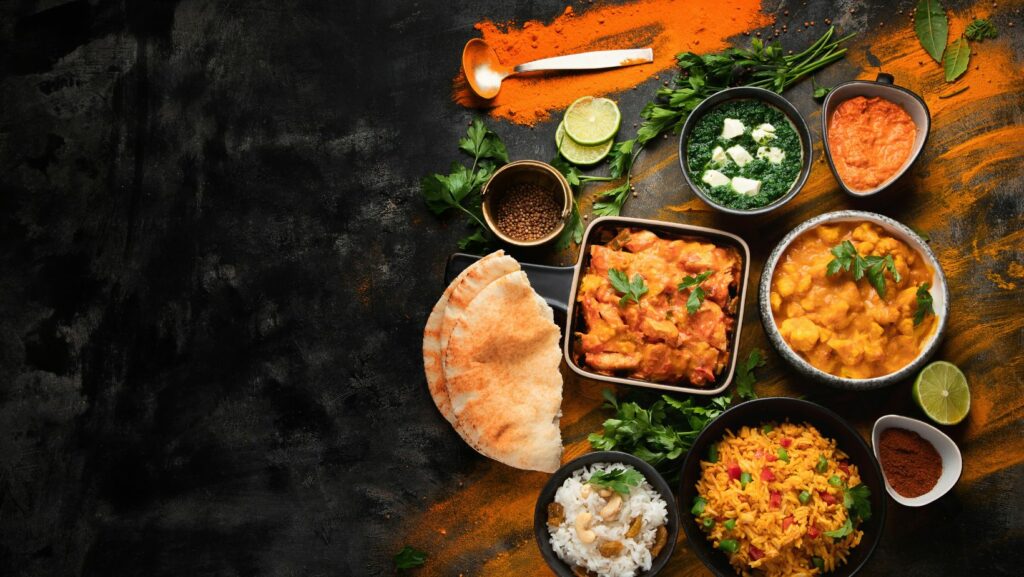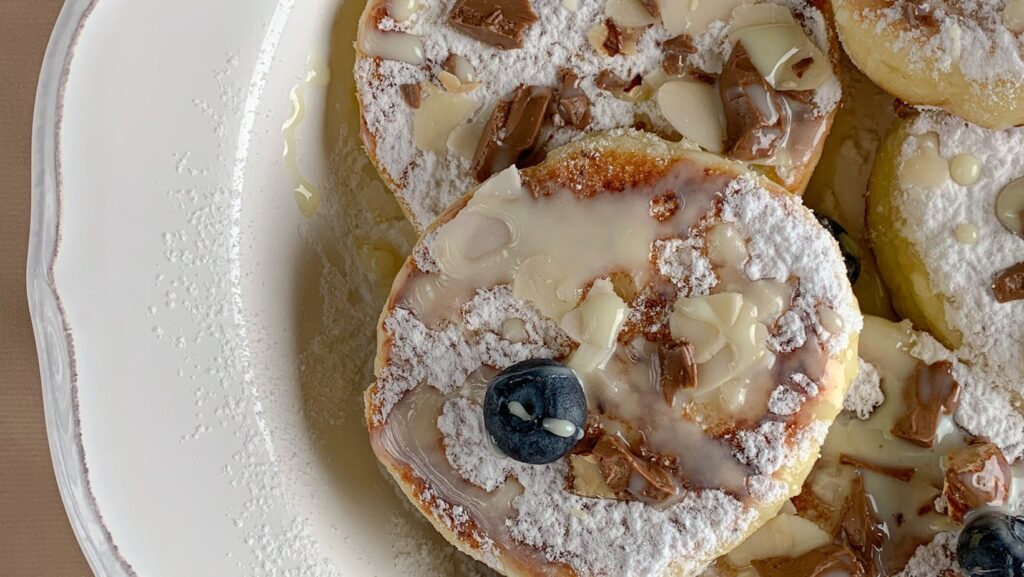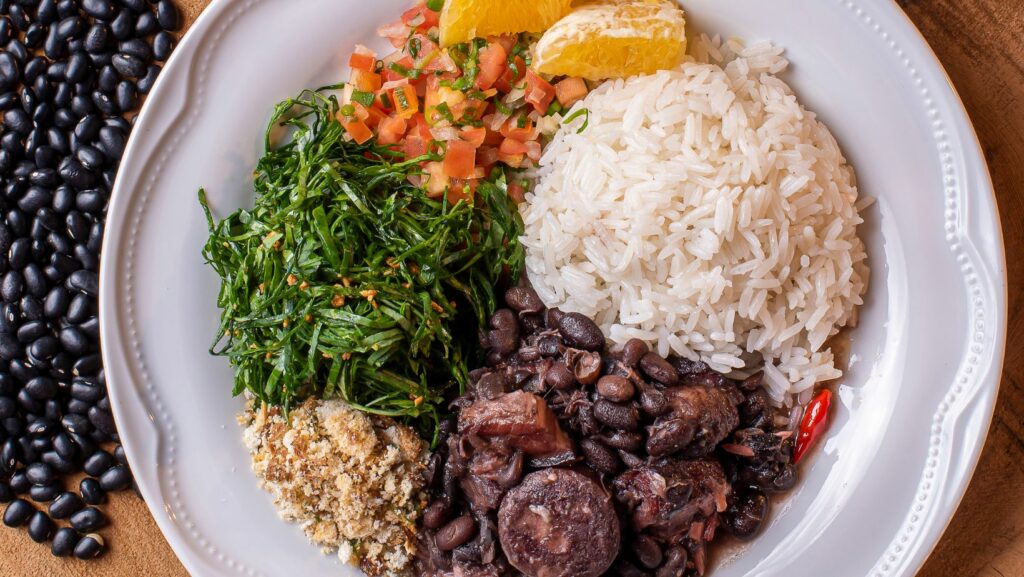Step into the vibrant world of Dominican Republic’s culinary heritage. From savory dishes bursting with flavors to sweet treats that tantalize the taste buds, the traditional food culture of this Caribbean nation is a feast for the senses.
Join us on a gastronomic journey through the streets of Santo Domingo and beyond, where every meal tells a story and every bite is a celebration of tradition. Discover the essence of Dominican Republic’s food culture and savor the unique flavors that have been passed down through generations.
Traditional Dominican Republic Food Culture
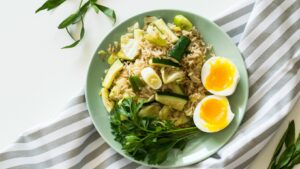
Dominican food culture is a rich tapestry woven from a diverse range of influences that have shaped its distinctive cuisine. The fusion of indigenous Taíno ingredients with Spanish, African, and Middle Eastern culinary traditions has created a unique culinary landscape in the Dominican Republic.
The traditional Dominican Republic food culture bears the imprint of the indigenous Taíno people who inhabited the island before the arrival of Europeans. The Taíno contribution to Dominican cuisine can be seen in the abundant use of root vegetables like cassava, sweet potatoes, and yams, as well as fruits such as guava, pineapple, and papaya.
Key Components of Dominican Cuisine
Dominican cuisine is known for its vibrant flavors and diverse ingredients that reflect the country’s rich culinary heritage. Some common ingredients used in Dominican cooking include:

- Plantains: A staple in Dominican cuisine, plantains are versatile fruits that are often fried, mashed, or boiled to accompany various dishes.
- Rice: Rice is a fundamental component of many Dominican meals, often served alongside beans, meat, or stews.
- Beans: Beans such as red kidney beans or black beans are frequently used in Dominican cooking, adding protein and flavor to dishes.
- Coconut: Coconut milk and coconut oil are common ingredients in Dominican recipes, lending a tropical touch to many dishes.
- Cassava: Also known as yuca, cassava is a starchy root vegetable used in Dominican cuisine to make dishes like cassava bread and cassava fries.
- Cilantro: This herb is a popular addition to many Dominican dishes, adding freshness and a burst of flavor.
Distinctive Dishes and Their Cultural Significance
Dominican cuisine features a variety of distinctive dishes that hold significant cultural importance. Some of the most iconic dishes include:
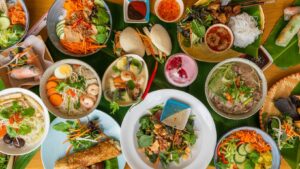
- Mangu: A beloved Dominican breakfast dish made from mashed plantains topped with sautéed onions, cheese, and optionally served with eggs, salami, or cheese.
- Sancocho: Considered the national dish of the Dominican Republic, sancocho is a hearty stew made with a variety of meats, tubers, and vegetables, simmered to perfection.
- Tostones: These savory twice-fried plantains are a popular side dish or snack in Dominican cuisine, often served with a dipping sauce or accompanying a main meal.
- Pastelón: A traditional Dominican lasagna-like dish made with layers of ripe plantains, seasoned ground meat, cheese, and sometimes topped with a layer of egg.
These distinctive dishes not only showcase the flavors and creativity of Dominican cuisine but also highlight the country’s culinary diversity and cultural heritage.
Food Preparation and Traditions
In traditional Dominican Republic food culture, meal preparation is a communal affair that often involves the entire family. Each member has a specific task, contributing to the overall preparation of the meal. For instance, while some family members may be responsible for peeling plantains or chopping vegetables, others might oversee the cooking process. This collaborative effort not only streamlines the cooking process but also reinforces the importance of shared meals in Dominican culture.
During festivals and holidays in the Dominican Republic, traditional dishes play a central role in the celebrations. Families come together to prepare special meals that are deeply rooted in Dominican culinary traditions. For example, during Christmas, it’s common to find dishes like “Chacá,” a savory chicken and vegetable stew, or “Moros y Cristianos,” a dish made with rice and beans, on the dining tables. These festive foods not only bring joy and togetherness but also serve as a way to pass down culinary heritage from one generation to the next.

